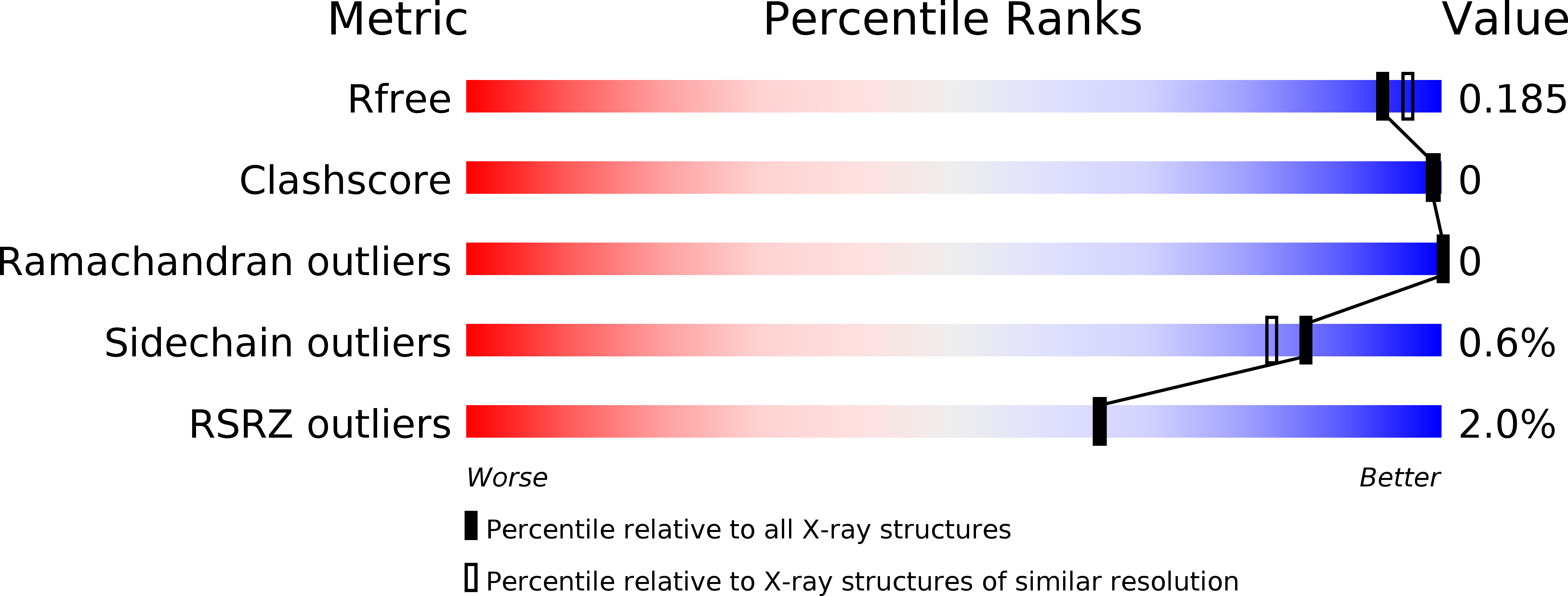
Deposition Date
2018-03-29
Release Date
2018-08-08
Last Version Date
2023-10-04
Entry Detail
PDB ID:
6CVW
Keywords:
Title:
Crystal structure of HCV NS3/4A WT protease in complex with AJ-52 (MK-5172 linear analogue)
Biological Source:
Source Organism:
Hepacivirus C (Taxon ID: 11103)
Host Organism:
Method Details:
Experimental Method:
Resolution:
1.78 Å
R-Value Free:
0.18
R-Value Work:
0.14
R-Value Observed:
0.15
Space Group:
P 21 21 21


